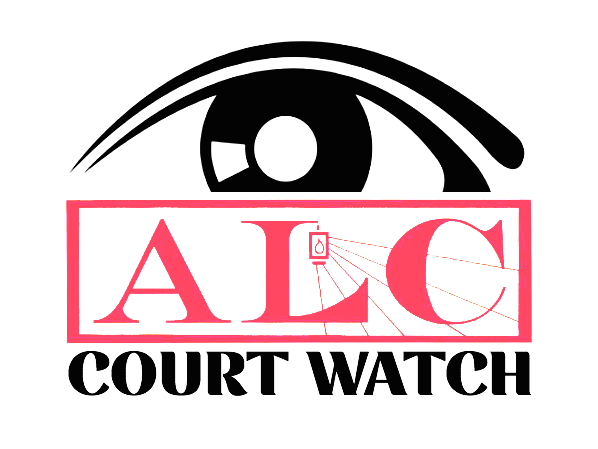by Kaity Baril
A Brutal History: Slave Patrols & Building a Racist System with Political Power
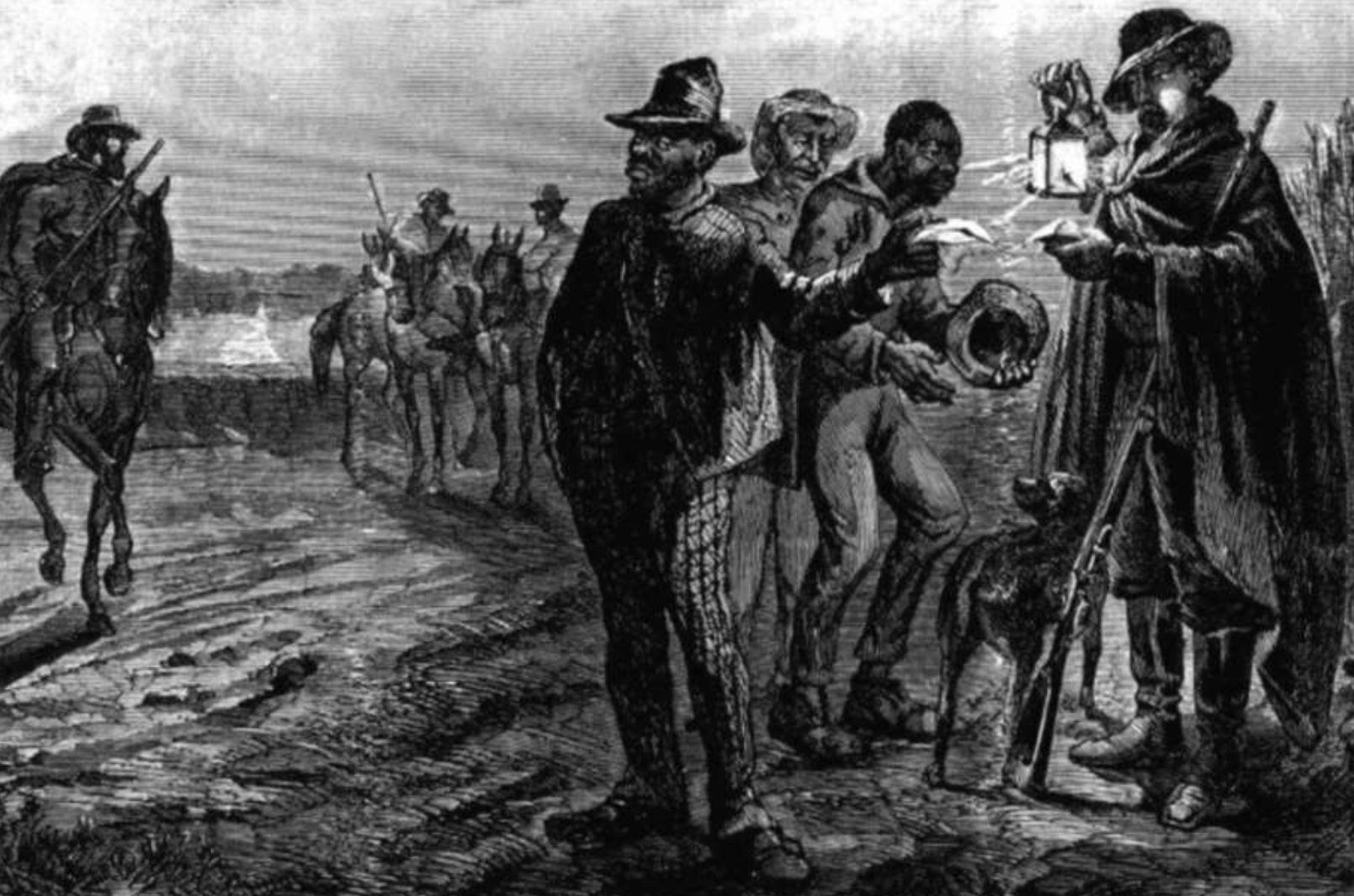
“I [patroller’s name], do swear, that I will as searcher for guns, swords, and other weapons among the slaves in my district, faithfully, and as privately as I can, discharge the trust reposed in me as the law directs, to the best of my power. So help me, God.”
– Squadrons of armed white “volunteers” (vigilantes) formed state-sanctioned “night watches” to crush slave rebellions, reassert white supremacist domination thru random assault, enforce “law and order”, and exacting revenge on Black people who had escaped their white masters.
In the US, the modern context of ruthless policing or oppressive social control originated as far back as the 1790s. The Charleston City Watch and Guard controlled the movement of the slave population at the time. The Guard was armed with swords and pistols, and it imposed a nine o’clock curfew for Black residents of the city. White slave owners wanted to prevent uprisings and revolts. Patrols closely monitored those in captivity, especially when they were working outside of the sight or the control of the enslaver.
The creation of the first publicly funded police force, in Boston, was in the 1830s. By the 1890s, every major city in the United States had a police presence, born from racist, slave patrols in the era of slavery and relied on through Black Reconstruction, and the Jim Crow era.
Now, rather than upholding slavery, cops enforce laws and policies similarly meant to control the lives and movement of Black people. The late 1960s and early 1970s was a period of enormous social turmoil that raised the possibility of revolution. All fundamental institutions of society—the government, the “free” market, the military and war, the police, the nuclear family, white supremacy and others—were challenged. The elite, white, ruling class responded to these direct challenges to their power with Lyndon B. Johnson’s “War on Crime,” followed by Nixon’s “War on Drugs,”which were jumping off points for subsequent administrations to maintain their preferred social order. The “War on Drugs,” renewed with vigor by Ronald Reagan, still rages, and the U.S. has had the highest incarceration rate in the world since at least 2010. The increase of law enforcement in schools creates a “school to prison pipeline,” in which out-of-school suspensions, expulsions, and school-based arrests are increasingly used to deal with student misbehavior, especially for minor incidents, and huge numbers of children and youth are pushed out of school and into the juvenile and criminal justice systems. Not surprisingly, children of color (as well as children with disabilities and children from other vulnerable populations) are disproportionately targeted with these punitive measures.
During the 1980s, the ideology of “zero tolerance” school discipline originates from the “get tough on drugs and crime” policies of that era. This was also the dawn of mandatory minimum sentencing laws — fixed sentences for individuals convicted of a drug crime, with no judicial leniency allowed. More than 1.6 million people are arrested, prosecuted, incarcerated, placed under criminal justice supervision, and/or deported each year on a drug law violation. “Three-strikes” laws, now in place in 28 states after first appearing in 1994, require anyone previously convicted of two or more violent crimes or serious felonies to receive a life sentence upon a third felony conviction,, regardless of the circumstances or, as in California, sometimes even the severity of the offense (e.g. felony petty theft).
The Clinton Administration’s Violent Crime Control and Law Enforcement Act of 1994 was the largest crime bill in the history of the country. It provided 100,000 new police officers, $9.7 billion in funding for prisons, and $6.1 billion in funding for prevention programs.
The “War on Terror,” following the September 11, 2001 attacks, was a catalyst for the use of military grade weapons on protestors, most conspicuously in Ferguson in 2014, following the fatal police shooting of Michael Brown. So began the Black Lives Matter movement.
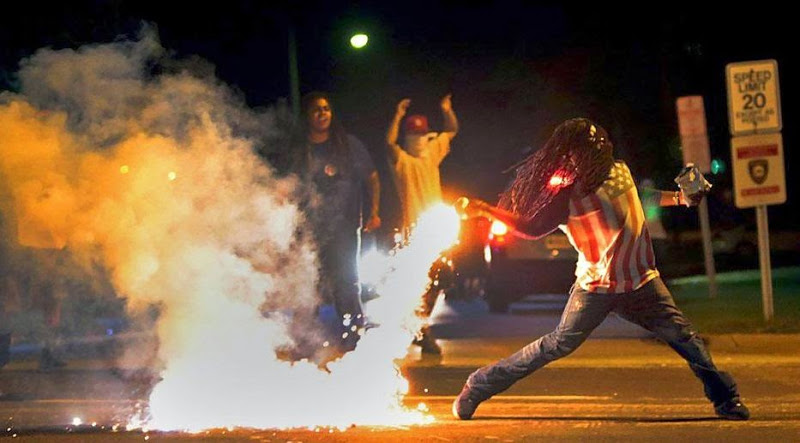
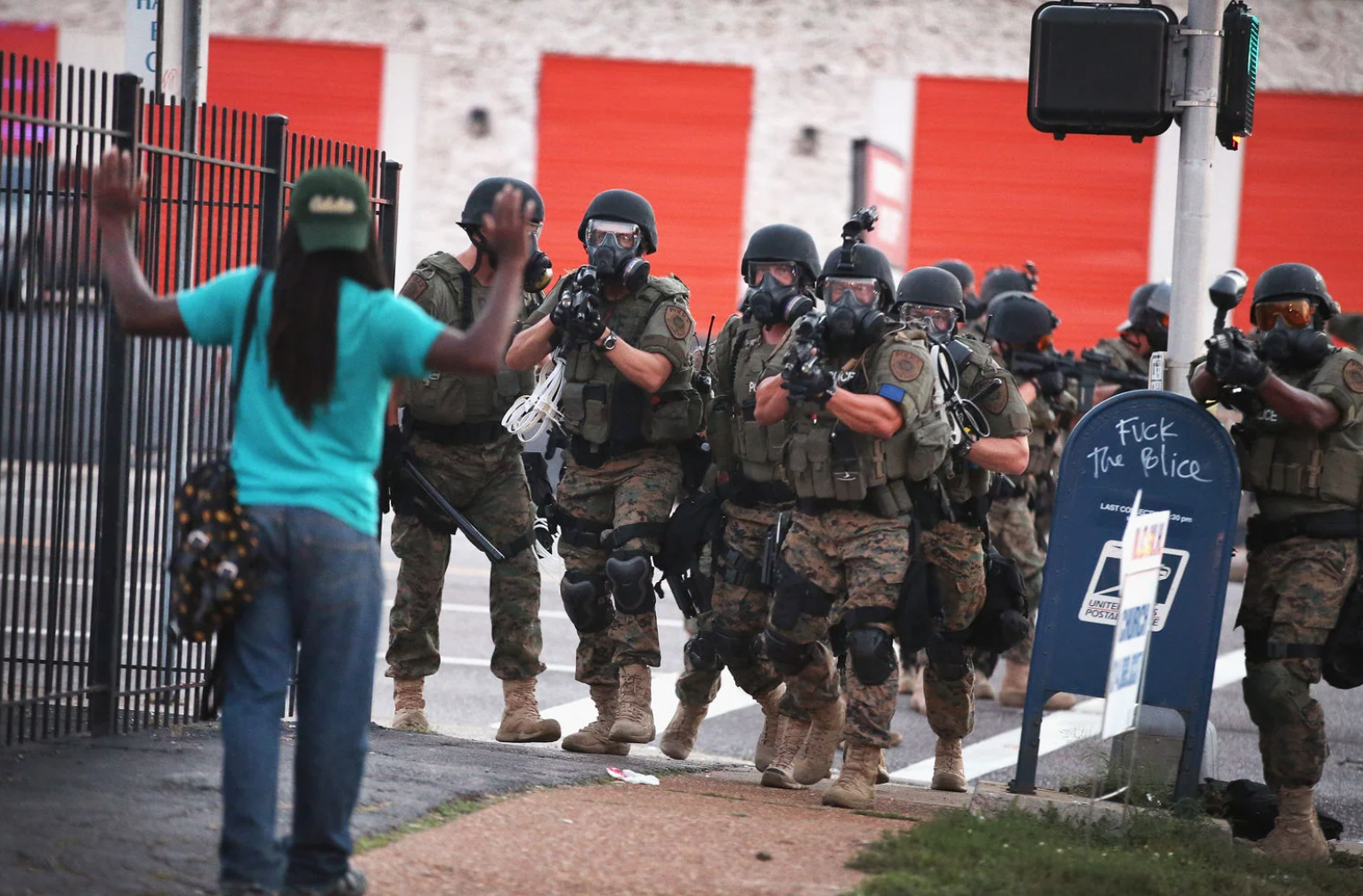
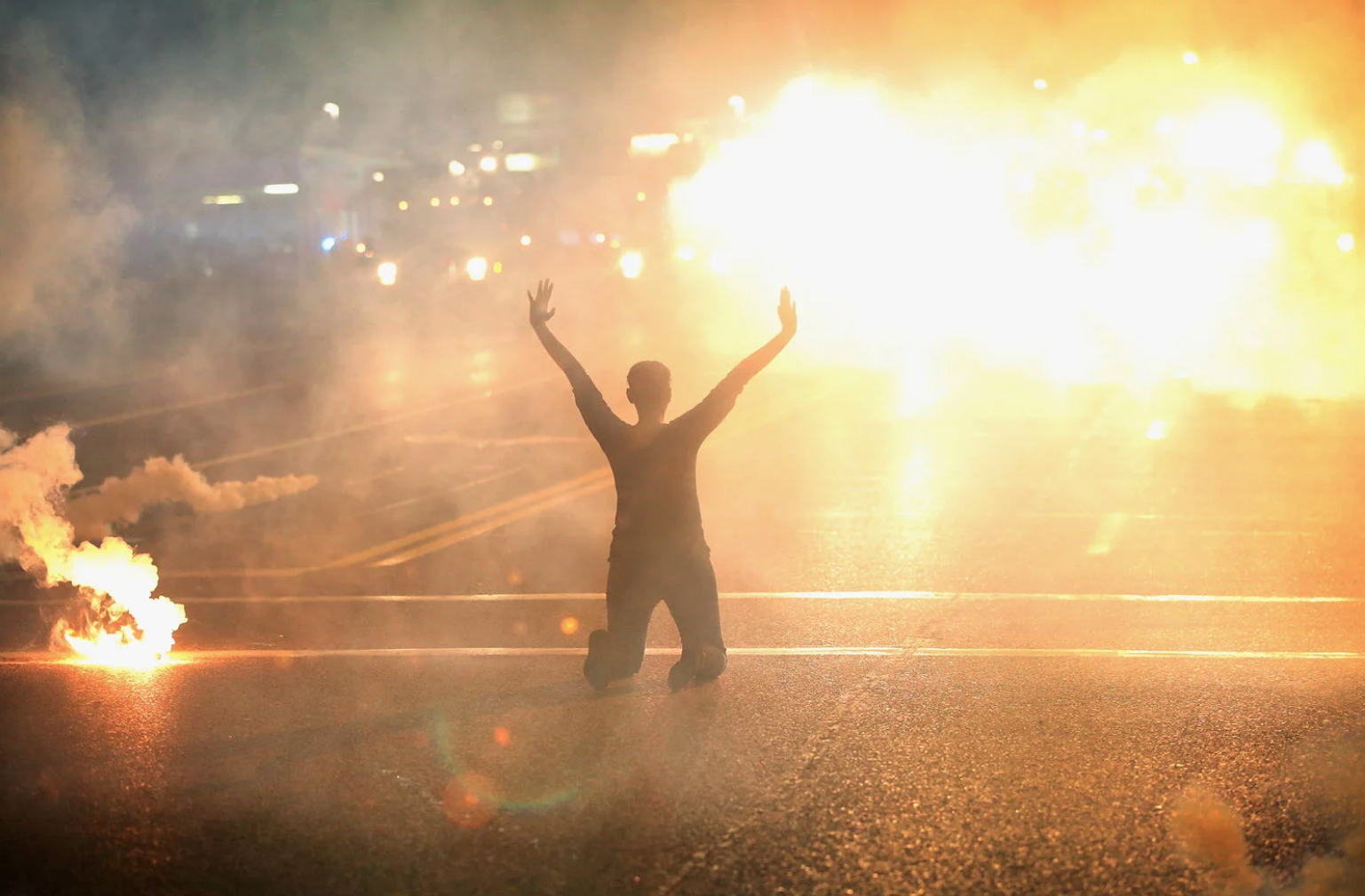
Cops are Tools of Class Oppression & Mass Incarceration
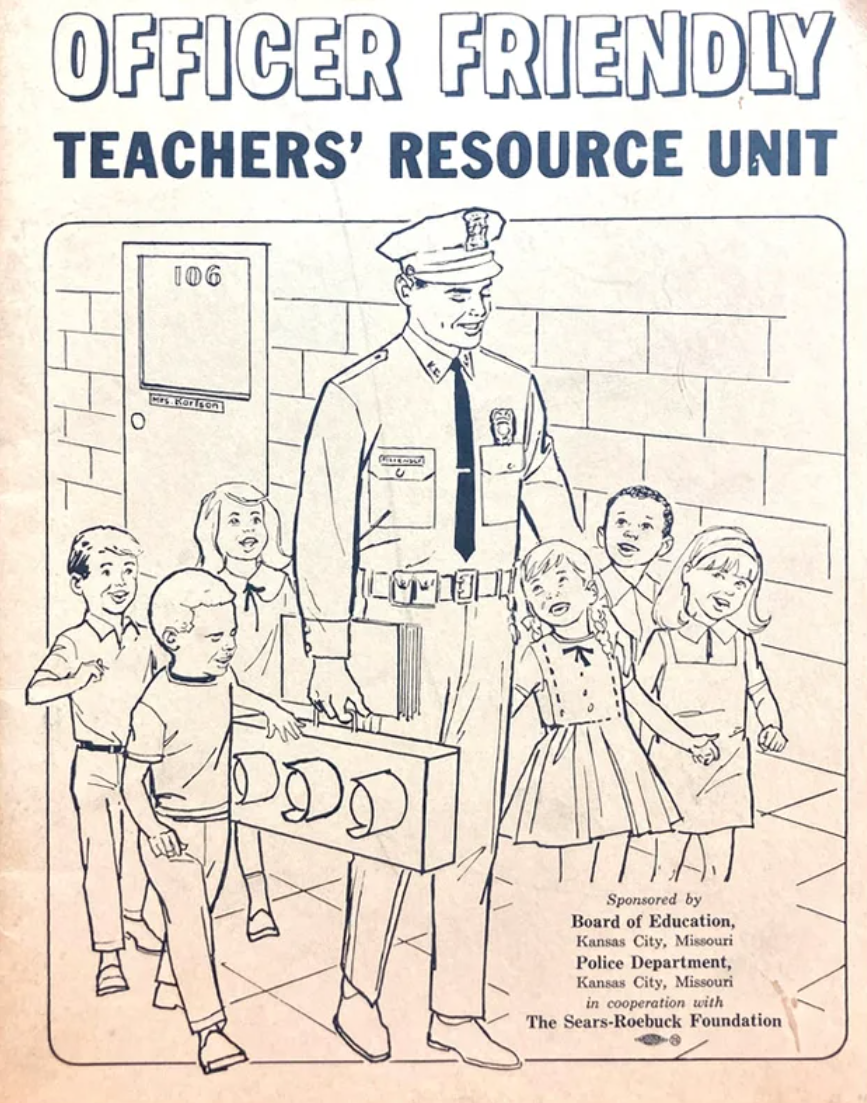
For decades, starting in 1966, school districts across the country employed the “Officer Friendly” program that brought cops into local Elementary classrooms. Their goal was to indoctrinate children with the belief that the police are an indispensable part of society, who not only uphold the law but protect them. Perhaps this is because the police were established to protect the interests of the wealthy. Racial violence has always been a part of the mission to protect private, crooked institutions.
The institutions that the State has endowed with the most direct power over people’s lives, and a disproportionate share of tax dollars, are the police, prisons, courts, and the military. These enact forms of legalized punishment and repression under the guise of neutrality by being “bound to laws.” In reality, the laws primarily serve one class: the wealthy. Cops are the primary line of defense for a small fraction of the U.S. population – a handful of private corporate owners. A clear example of this is the role police played in the housing crisis.
The number of empty, unsellable homes far exceeds the number of homeless. Based on currently available numbers, there are about 31 vacant housing units for every homeless person in the U.S. If policing served the people, cops would have arrested the bankers and the white collar criminals who made enormous profits by manipulating the housing market, even after their schemes created a massive global recession in 2008, and a spike in homelessness. Cops would be helping to seize homes to end, not create, homelessness. Yet evictions continue on a daily basis.
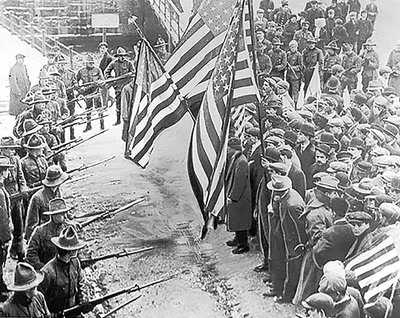
Who does policing target? Police are typically deployed to criminalize poverty, concentrating their efforts on criminalizing those with dark skin, forcing millions of people – primarily people of color, people with mental illness, and those in poverty – into the prison system, depriving them of voting and employment rights, and thereby preserving privileged access to housing, jobs, land, credit, and education for whites. Police are used to break strikes and assault picket lines, where workers are struggling for basic human rights and better conditions. Protests and uprisings during the Black Lives Matter movement have resulted in the use of military crowd control techniques. The political aim of the police is seemingly to silence the demonstrators and curtail their constitutional right to free speech and freedom of assembly, especially Black, Brown, Indigenous folks, and communities of color.
The Violent Military Industrial Complex Leaks into the U.S. Police State
The Military Industrial Complex is directly connected to policing and the Prison Industrial Complex in this country. American policing has become unnecessarily and dangerously militarized, in large part through federal programs that have armed state and local law enforcement agencies with the weapons and tactics of war, with almost no public discussion or oversight. The U.S. already acts as the police force of the world, enforcing authority through drone wars, proxy battles, and meddling. Black liberation is a global struggle, and there is a link between racial oppression internationally and domestically. A militarized police is only equipped to escalate situations.
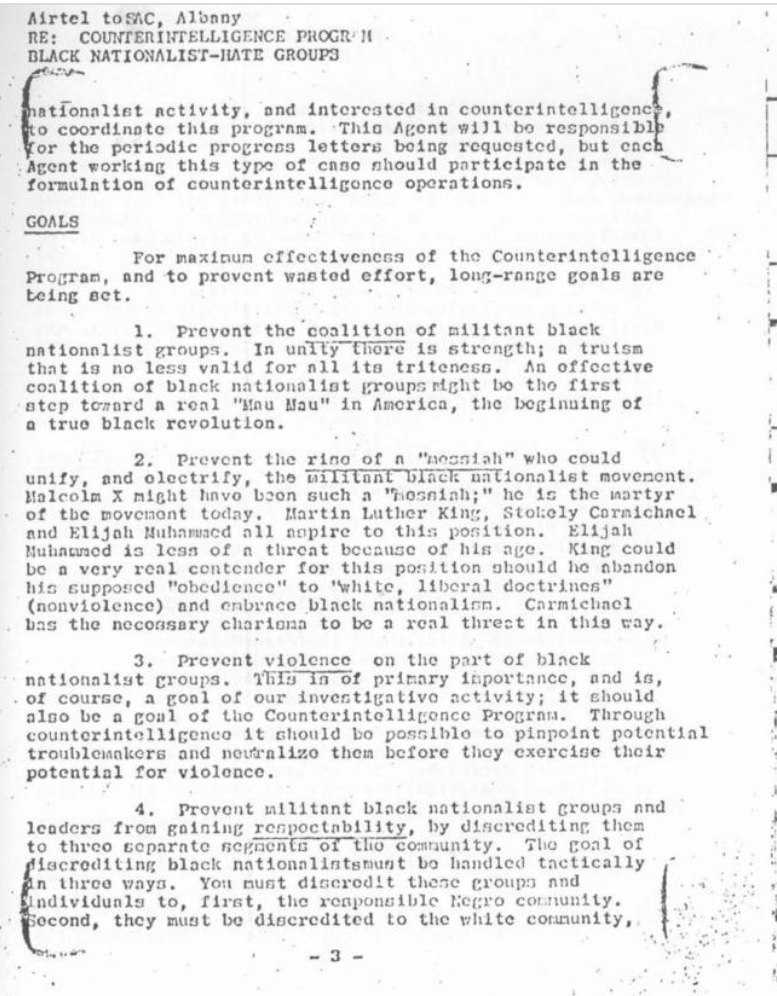
Throughout US history, the police (including federal policing agencies like the FBI) have attacked and undermined social justice organizations and efforts, at home and abroad, through various forms of surveillance, infiltration, sabotage, and assassination. The political function of the police destroys any form of revolution, so it’s no surprise that in the 10 years of anti-establishment social unrest between 1965 and 1975, the number of police officers grew by roughly 40 percent nationally. In 1974, $15 billion was spent on criminal justice, 57 percent going directly to police expenditures4. With this increase of spending, the FBI’s infamous COINTELPRO “neutralized” political dissidents and threats, like the Black Panther Party, through subterfuge and extreme violence. In league with local police units, the FBI declared war on radicals and groups from nationally oppressed communities. Then, the Special Weapons and Tactics (SWAT) teams were first formed in Los Angeles in 1968. Fifty years later, the US still holds these political prisoners captive, like Mumia Abu-Jamal. The Free Them All Campaign continues to advocate for their release, even as the police continue to use these tactics against protestors today
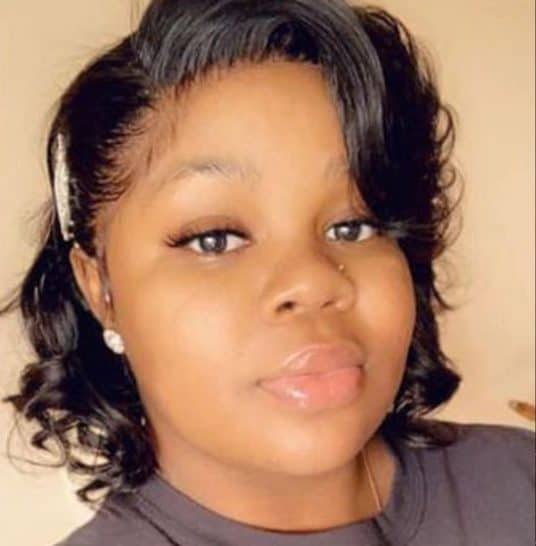
Using federal funds, state and local law enforcement agencies have amassed military arsenals to wage the failed “War on Drugs,” disproportionately in communities of color. Aggressive enforcement of this mandate from decades ago has lost its public mandate, as 67 percent of Americans think the government should focus more on treatment than on policing and prosecuting drug users. Aggressive drug arrests and prosecution has impacted millions of lives , disproportionately in communities of color, though drug use rates are quite similar across race and class. Law enforcement agencies’ routine use of heavily armed SWAT teams to search people’s homes for drugs is the same hyper-aggressive form of domestic policing that killed Breonna Taylor.
The militarization of American policing is evident in police officer training, which encourages them to adopt a “warrior” mentality and view the people they are supposed to serve as enemies. It’s also evident in the equipment they use, such as battering rams, flashbang grenades, and APCs. The 1033 Program transferred surplus military equipment to civilian police departments. Only 45 days after the September 11, 2001 attacks, Congress effortlessly passed the Patriot Act , which George W. Bush signed less than a month after the United States invaded Afghanistan, as part of the “War on Terror”. It broadly expanded law enforcement powers to search, surveil, investigate and indefinitely detain people. Among its effects, the Patriot Act has been used to expand the racist war on drugs.
Additionally, the Department of Homeland Security, created in 2002 to coordinate government intelligence gathering in order to improve counterterrorism efforts, has set up centers with the FBI and local police that have been used to spy on protest movements, from Occupy Wall Street to Black Lives Matter. More than 7,000 people were arrested during the Occupy movement over the course of just a few months. These arrests, alongside incidents of police brutality, were intended to stamp out a movement that took aim at the face of class oppression from the rich, elite of Wall Street.
Since May 2020, the uprising spurred by the police lynching of George Floyd, has intensified the militarized mobilization of law enforcement. The police forces are equipped in full riot gear and use weapons designed for war. Black and Brown activists in the United States, especially during the Ferguson protests, have described domestic police departments as “occupying forces,” much like those in Afghanistan or Yemen or Palestine. In fact, allowing Israeli forces and U.S. participants to learn from each others’ violent practices and tactics results in the violation of the human rights of Black and Palestinian people, but there are efforts to end this through a campaign called, “End the Deadly Exchange.” Our police, at the behest of local government, wield not only military arms, but what they’ve learned from the military’s formal joint training, tactics (both street combat and psychological operations), and other means of suppression. At least 200 cities in the U.S. had imposed curfews by early June, while more than 31 states and Washington, D.C. activated over 75,000 National Guard personnel, arresting over 10,000 people. Yet widespread police brutality and the mobilization of military law enforcement tactics, like kidnapping protestors, have only furthered massive civil unrest.
The Case for Revolutionary Optimism: A Path towards Abolition
So, how do we fight an institution doing what it has been designed to do, one that’s protected by government leaders and employment contracts, and is therefore incapable of reform? The problems of punitive, racist policing are cultural — ingrained in our society — and cannot be solved by merely identifying a couple murderers or “bad apples,” if you will.
Given how corrosive policing has historically been and continues to be, it shouldn’t be surprising that with alternatives, our society could flourish without cops. Policing could, and should, be defunded and abolished.

A society that prioritizes human needs ahead of profit means communities that have sufficient housing, food, health care workers, prisoner re-entry services, and community practices that hold all of its members accountable for any harm and enact restorative justice. Mutual aid, rather than one-time giving events, would allow us to share our skills collectively and all contribute.
It may seem implausible or unreachable. It requires divesting from police, prisons, and the military, and instead, investing in communities of color and supporting the public policies that encourage, not inhibit, family-sustaining wages, job development, education, and the equitable distribution of resources. We cannot accept corporate, private interests to define our way of living. The ruling, capitalist class is in power, controls our government policies, and we must not capitulate to the world they want us to live in. It is one with an illegal slave system that is the Prison Industrial Complex. A society with an abolitionist as a focus will not be built on the violence of a capitalist state designed to defend property and capital, but one in which the people are empowered to provide for each other.
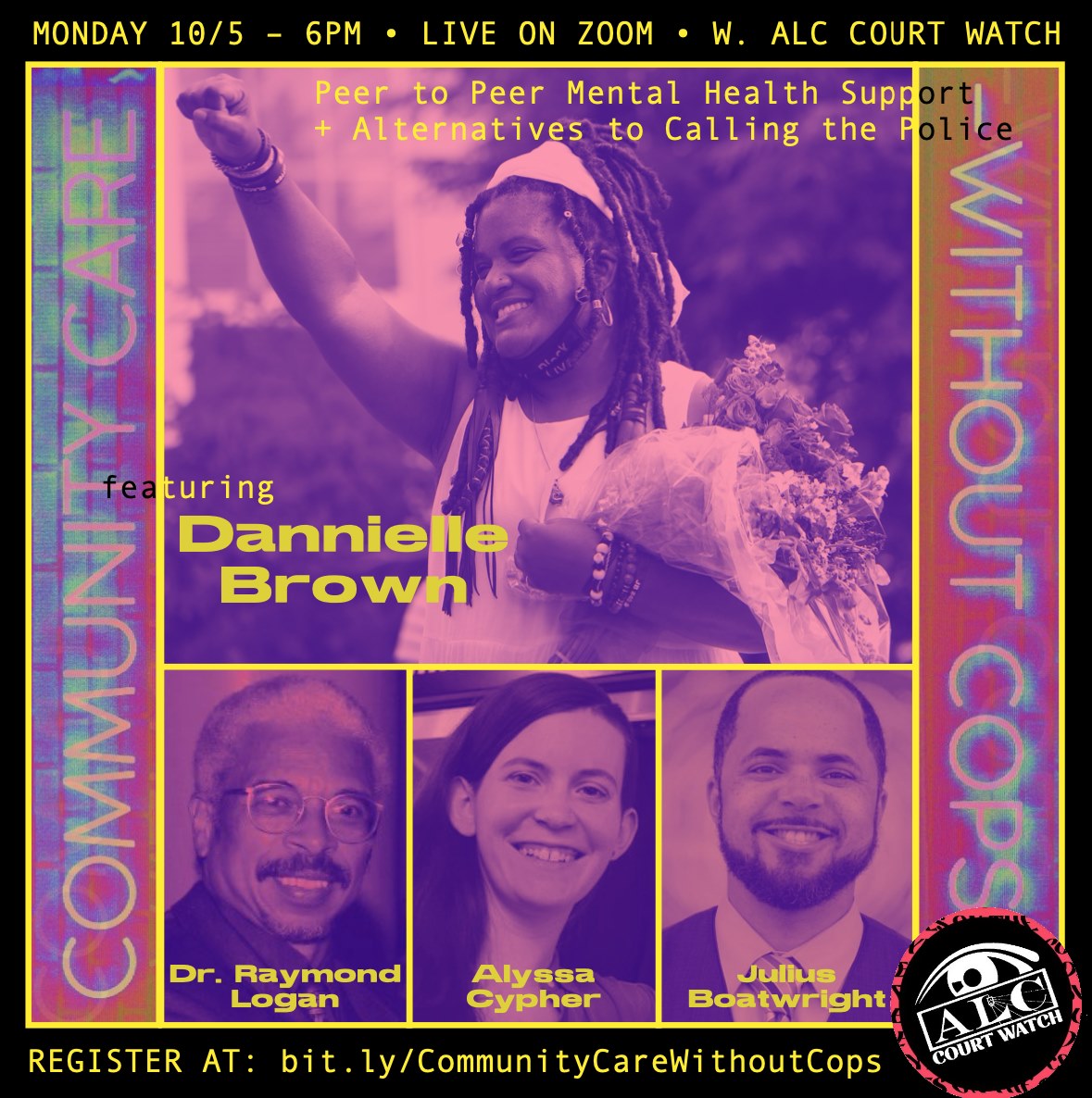
We must build class unity and solidarity through organizing within our communities to protect one another. There are few tools within the system to fight the State’s abuse politically and legally, but we can ask for the immediate release of inmates in this country’s tortuous prison system; the end of three strikes and overly harsh sentencing guidelines; changing the 13th Amendment to eliminate the clauses that allow for slavery and “involuntary servitude” for people who are convicted; the end of qualified immunity for officers; the repeal of federal programs that send military equipment to local police; the end of “Broken Windows” policing tactics, including stop-and-frisk and other police harassment tactics; the prohibition of no-knock entry; and laws that make it harder for the police to obstruct free speech activity.
While these are only reforms, we can also strengthen community accountability models that critique punitive systems that maintain repressive, colonial ideology. Together, we can connect movements, groups, and individuals to transgress the boundaries of institutions. These alternatives must include continuing critiques to improve social conditions, as well as provide accessible, sustainable levels of resources that are consistent with anti-capitalism, anti-racism, and anti-colonialism principles. This is how we can transform and empower communities towards justice and abolition.
Kaity Baril is a community organizer and advocate, specifically focusing on anti-imperialistic, anti-capitalist, and working class struggles. She is a University of Pittsburgh graduate, majoring in Urban Studies. She has published research on housing affordability, gentrification, and racial injustice in East Liberty, as well as journalism pieces in Liberation News. She is also a member of the ALC Court Watch program.
